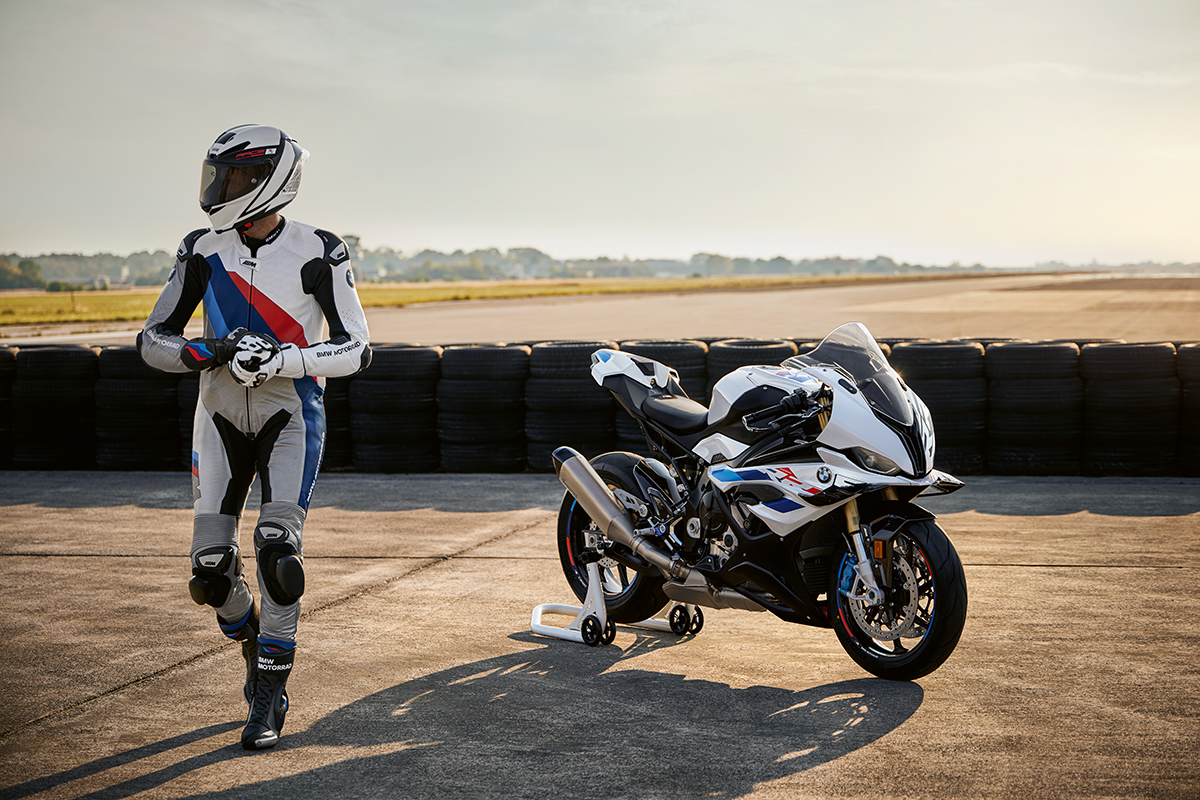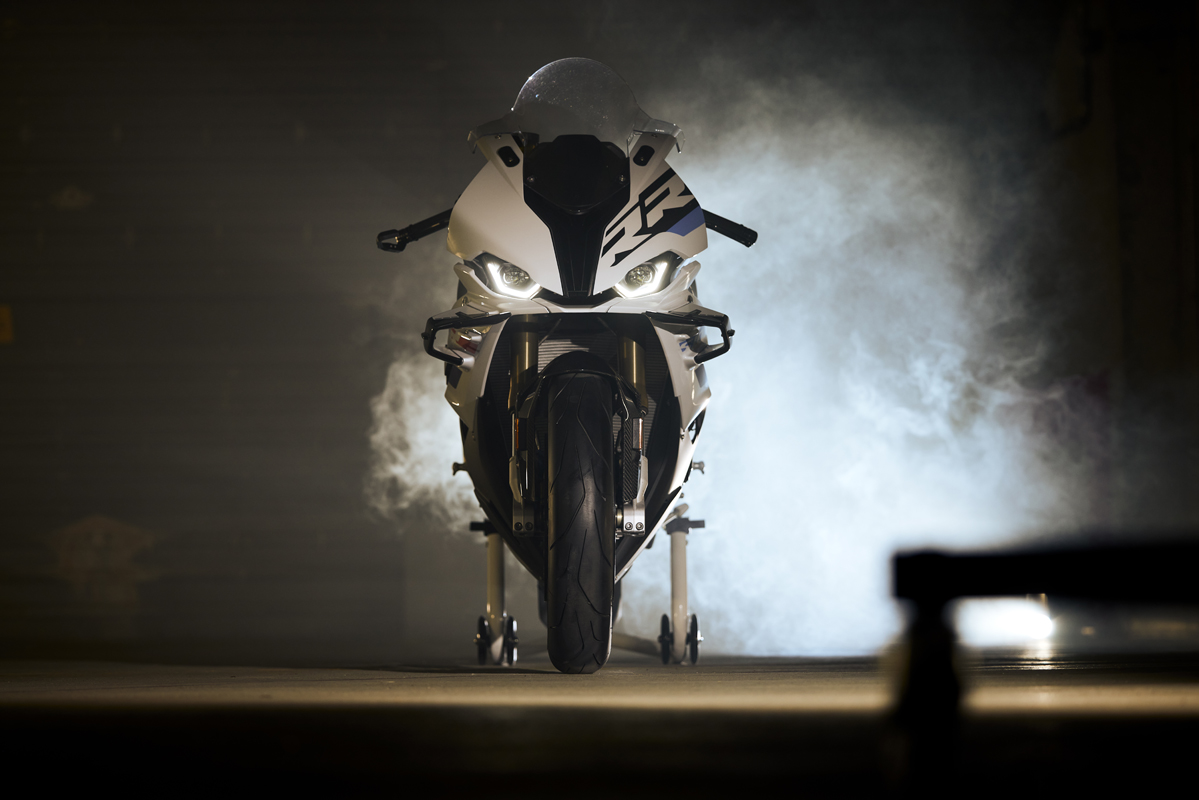
BMW has announced the next generation of its S 1000 RR superbike and claims that it has raised the performance to a new level. Given the heights to which they have already raised the S 1000 RR with the current generation, that is a bold claim.
This is no cosmetic make-over: BMW has introduced innovations to the engine, suspension, chassis, aerodynamics and electronic assistance systems.
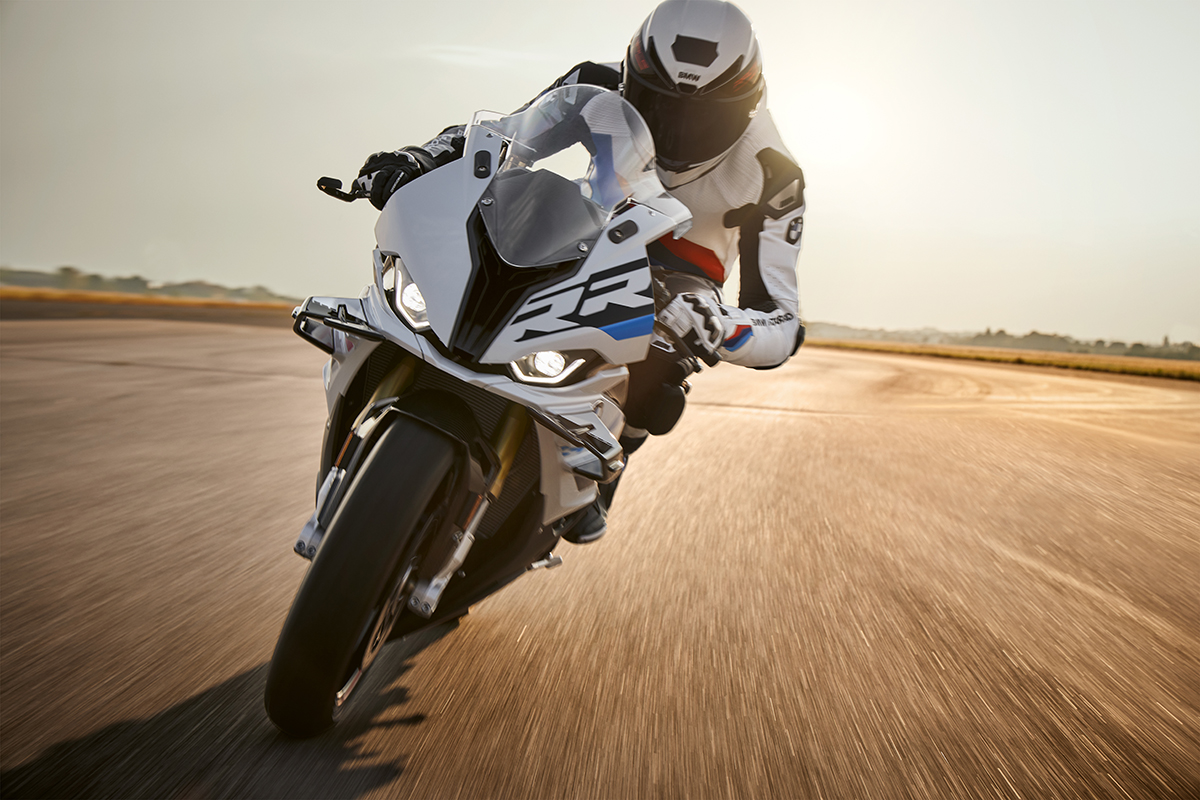
The engine gets 2 more kW of power (about 2.6bhp in old money), making the total 154kW (about 210bhp). Torque remains at 113Nm. The torque curve has been flattened to give more usable power delivery through the rev range.
The heart of the chassis of the new S 1000 RR is still the aluminium bridge frame, which is a welded construction of four gravity die-cast elements. The engine is a load-bearing part of the structure. With the aim of optimising flexibility laterally, the main frame of the new RR was given several openings in the side areas. The new chassis geometry is accompanied not only by even better riding precision but also by increased accuracy and clearer feedback from the front wheel.
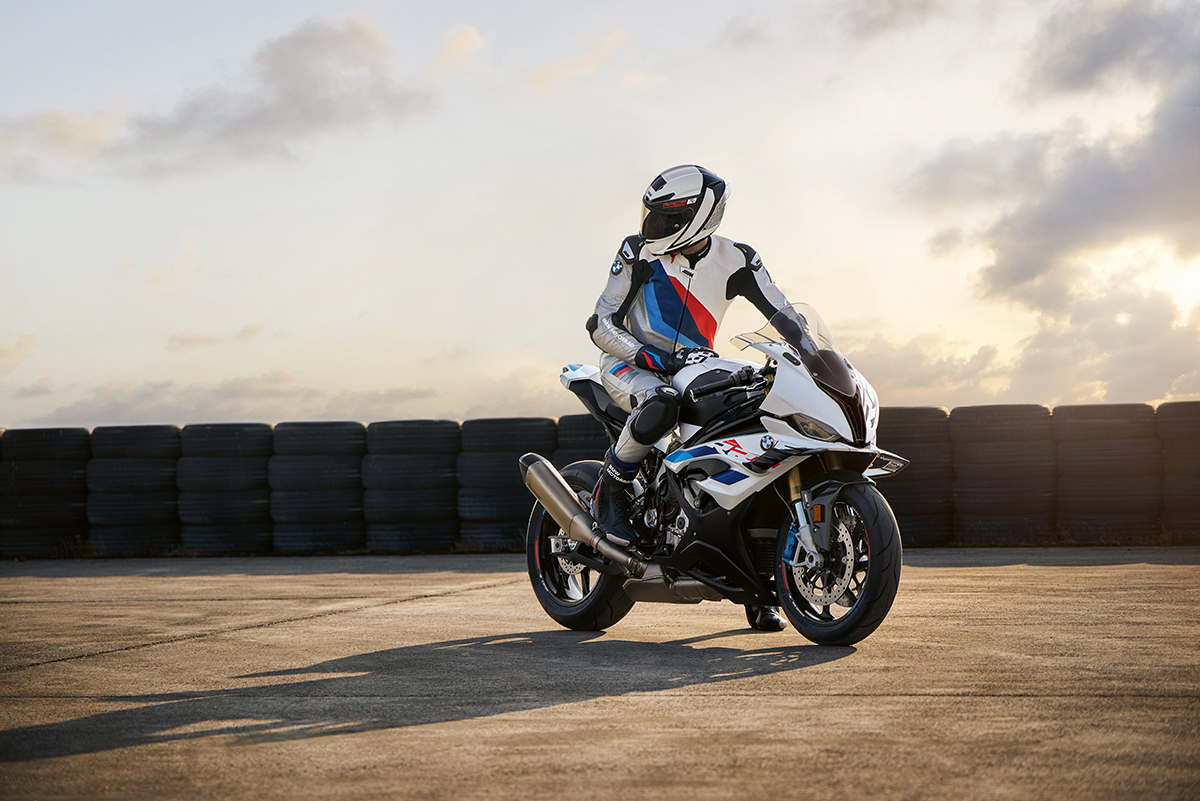
But it is the electronics that, almost inevitably, have had the biggest upgrade, featuring new ideas that you never thought you needed!
The new feature of Dynamic Traction Control DTC is the Slide Control function. It allows the rider to select two preset drift angles for the traction control system when accelerating out of bends. Technically, this is achieved using a steering angle sensor. Up to the respective leaning angle, the traction control system allows slippage at the rear wheel when accelerating out of a bend, thus enabling rear wheel drift. When the preset steering angle value is reached, traction control intervenes, reduces slip and stabilises the motorcycle.
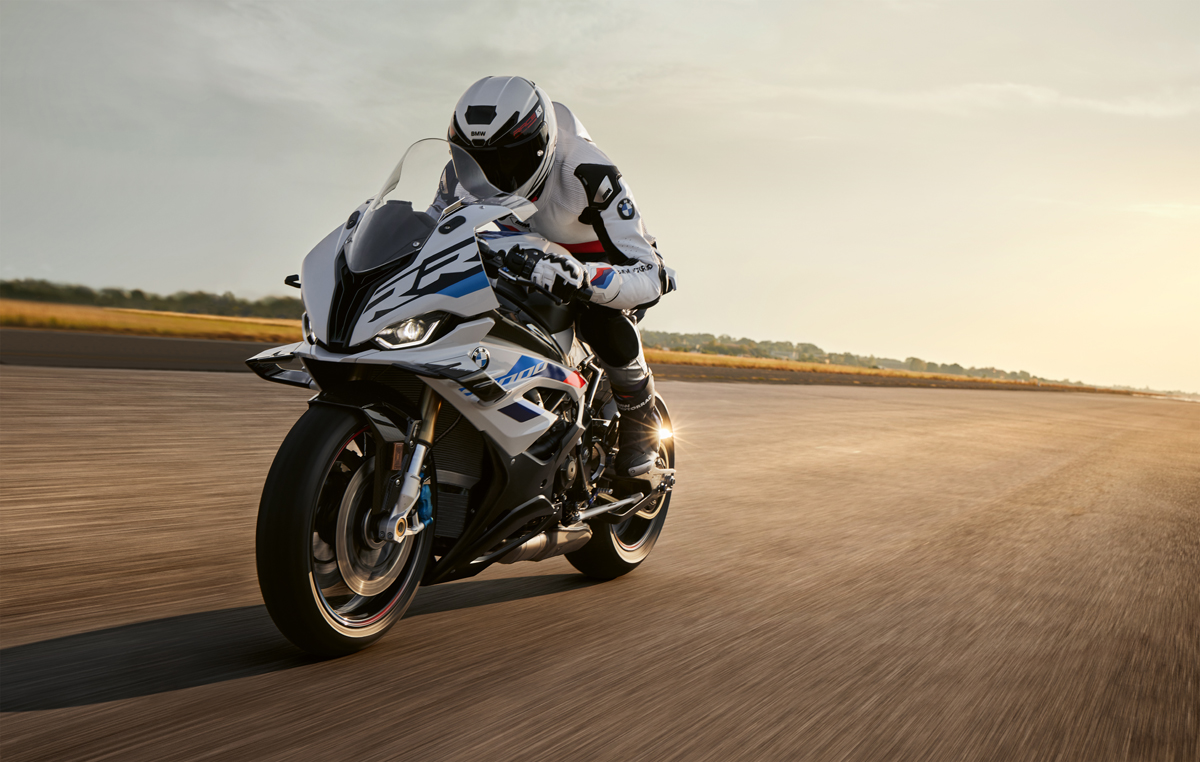
The ABS is upgraded to ABS Pro with new Brake Slide Assist and ABS Pro “Slick” setting functions. The new Brake Slide Assist function is an important and very helpful innovation for race track riders. As in the new DTC Slide Control function, this new system is also based on steering angle sensors and allows the rider to set a specific drift angle for so-called braking drifts while sliding into corners at a maintained speed.
The bodywork has been tweaked front and rear, and the inevitable winglets add downforce to the front when accelerating out of corners and stability under braking. You can expect to see the new S 1000 RR in showrooms in South Africa in the second quarter of 2023.
